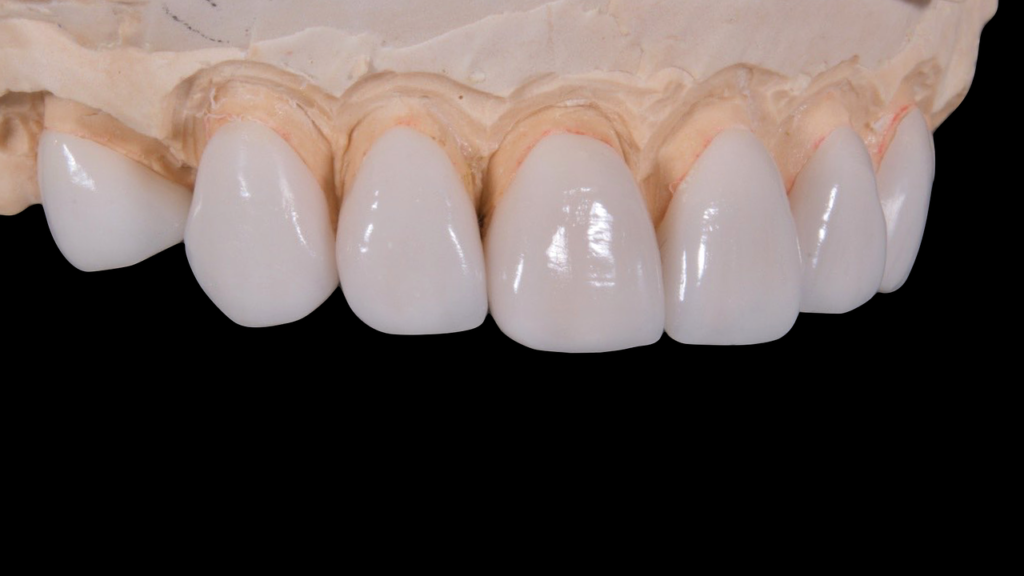Dental crowns have been a trusted solution for restoring damaged or weakened teeth. Among the various options available, porcelain and metal crowns are two common choices, each offering unique advantages. Here are some of their differences to help you better understand the features of each type:
Benefits of Porcelain Crowns
Porcelain crowns are often chosen because they closely mimic the look of natural teeth. Their translucent quality and ability to match the color of adjacent teeth allow them to blend seamlessly. This makes them a valued option for front teeth, where aesthetics are a priority.
Another advantage of porcelain crowns is their biocompatibility. Since they are made of ceramic materials, they are a great choice for individuals with sensitivities or allergies to metal. This leads to a safe and comfortable dental experience.
Benefits of Metal Crowns
Metal crowns stand out for their durability and strength. They are highly resistant to chipping and cracking, making them ideal for back teeth, which need to withstand significant chewing forces. These crowns often last longer than porcelain ones, offering a reliable and long-term solution. When it comes to costs, metal crowns tend to be a budget-friendly option. They offer excellent functionality at a reasonable price, particularly in areas of the mouth where appearance is less of a concern.
Durability and Resistance
One of the most significant differences between the two types of dental crowns is their durability. Metal crowns, made from materials like gold alloys or base-metal alloys, have superior strength. They are less likely to wear down over time and rarely experience fractures.
Porcelain crowns, while strong, are more prone to chipping or cracking, especially in situations involving excessive pressure or grinding. Proper maintenance can extend their lifespan, but their vulnerability to fractures makes them less suitable for molars. They are also less useful for heavy chewing.
Appearance and Aesthetics
Porcelain crowns are unmatched for their natural appearance. With the ability to replicate the color and light-reflecting properties of natural teeth, they provide an aesthetic solution for visible areas of the mouth. Metal crowns lack the natural tooth-like appearance that porcelain offers. Their metallic look often makes them less appealing for visible teeth.
Compatibility and Material Sensitivity
Porcelain crowns are ideal for individuals who react poorly to metal or have known allergies to metal alloys. Since they are made entirely of ceramic, they present no risk of adverse reactions and are highly accommodating. Metal crowns may not be suitable for everyone due to their composition. Patients with metal sensitivities should consult their dentist before choosing this option. Additionally, some individuals may feel self-conscious about the metallic color of a crown that could occasionally be visible.
Cost-Effectiveness
Metal crowns are generally a more affordable option compared to porcelain crowns. Their reduced cost makes them an attractive choice for back teeth, where strength and longevity are priorities. Porcelain crowns are typically more expensive due to the craftsmanship required to achieve their natural look and match the surrounding teeth. While the cost is higher, many people find the investment worthwhile because of the enhanced appearance these crowns provide.
Ask About Dental Crowns at a Clinic Near You
Both porcelain and metal crowns offer unique benefits, and the choice often depends on individual needs and preferences. Porcelain crowns excel in aesthetics and are a great fit for visible teeth, while metal crowns are unbeatable in durability and affordability, making them ideal for back teeth. If you’re deciding which crown is best for you, it’s helpful to discuss your specific circumstances with your dentist.

